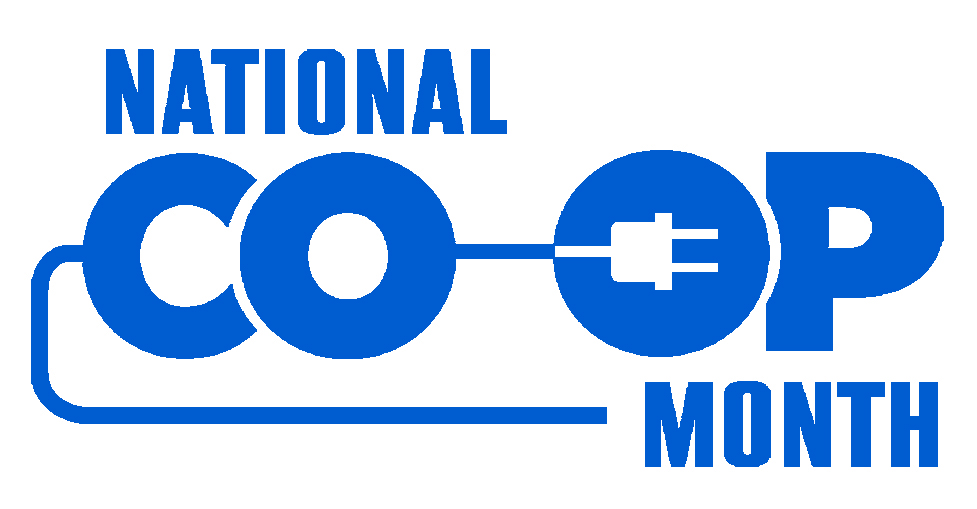Cooperatives do more than provide electricity
October 2025

Providing a reliable, affordable source of electricity has transformed co-op communities into what they are today.
by Scott Flood, Contributing Columnist
 If someone asked what a local electric cooperative does for your community, you’d probably respond with the obvious: they deliver power to homes, farms and other businesses. While that is true, co-ops generate far more than electricity for the communities they serve.
If someone asked what a local electric cooperative does for your community, you’d probably respond with the obvious: they deliver power to homes, farms and other businesses. While that is true, co-ops generate far more than electricity for the communities they serve.
October is National Co-op Month — the perfect time to recognize how co-ops stand out from other types of businesses.
Providing reliable, affordable electricity has transformed co-op communities into what they are today. When investor-owned utilities originally refused to extend their powerlines to the small communities and rural areas that stretch across much of the nation, electric co-ops stepped up so local residents could enjoy the same comfort and advantages as their city cousins.
Co-ops have a significant economic impact on the places they call home. It includes supporting nearly 623,000 jobs that deliver $51 billion in annual compensation — and those employees spend much of that at local supermarkets, diners and gas stations, supporting jobs there.
In most of the counties and communities they serve, electric co-ops play leadership roles in championing local economic health by bringing new employers to the area and helping established businesses expand. In addition to working directly with growing companies, they also invest in community assets like broadband networks and incubators to help local start-ups succeed.
Community members also benefit directly from their co-op’s prudent financial management. As not-for-profit utilities, co-ops return any money that’s left over after covering the cost of operations, maintenance and improvements to members through what are known as capital credits. When the co-op’s finances are strong, the directors may choose to retire some of those credits by converting a member’s share into refund checks or bill credits.
Co-ops step up to handle natural disasters as some of the community’s first responders. As rescuers comb through wreckage and treat victims, co-op lineworkers are already hard at work to restore power.
Given that Concern for Community is one of the 7 Cooperative Principles, it comes as no surprise that co-ops seek a variety of ways to support organizations and events in the communities they serve. Whether it’s presenting electrical safety demonstrations in elementary schools, helping to organize fairs and festivals, sponsoring athletic teams, or promoting food drives for local pantries, co-ops and their staff are involved in extensive outreach.
One of the biggest community priorities for many co-ops involves helping young people develop leadership skills. Their motive is a little selfish, because co-ops know leadership efforts help those kids and teens become informed, engaged citizens who may one day serve as the next generation of community leaders and co-op employees. Building connections with youth also increases the chances they’ll choose to live in their hometowns.
Perhaps the most familiar and long-running youth-focused effort is the annual Youth Tour, which brings teens from co-op communities throughout the U.S. to get a firsthand look at our nation’s capital, learn about the political process from the people who make and influence our laws, and better understand the impact they can have as citizens. Nearly 50,000 students have participated, and many have since gone to work for co-ops or entered government roles.
So, yes, co-ops do light up communities by delivering safe and reliable electricity to residents and businesses — but their real power rests in the many other ways they deliver the other kinds of energy communities really need to thrive.
Scott Flood writes for the National Rural Electric Cooperative Association.
